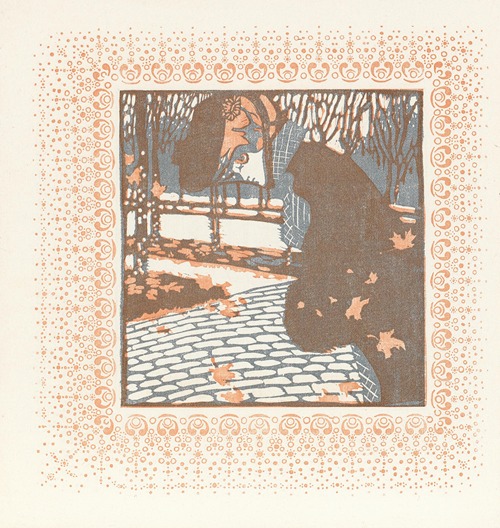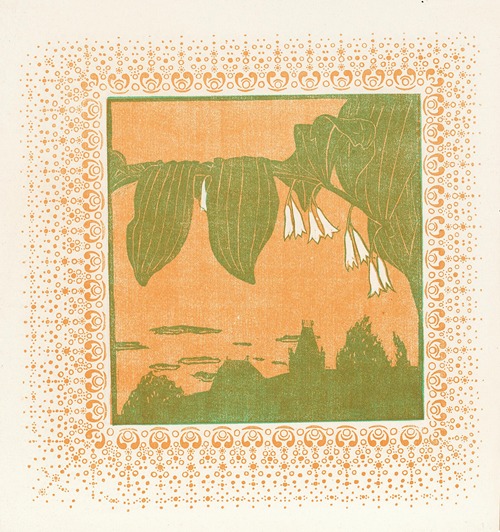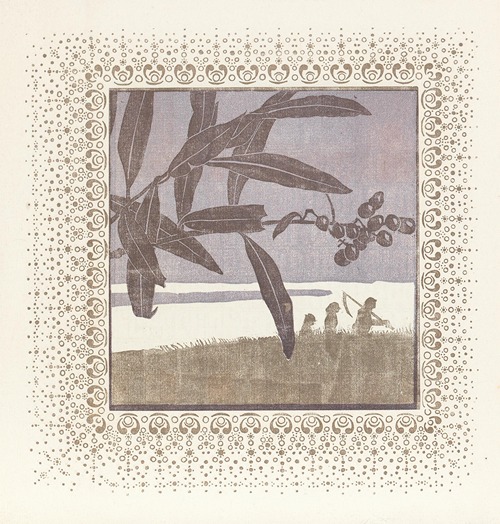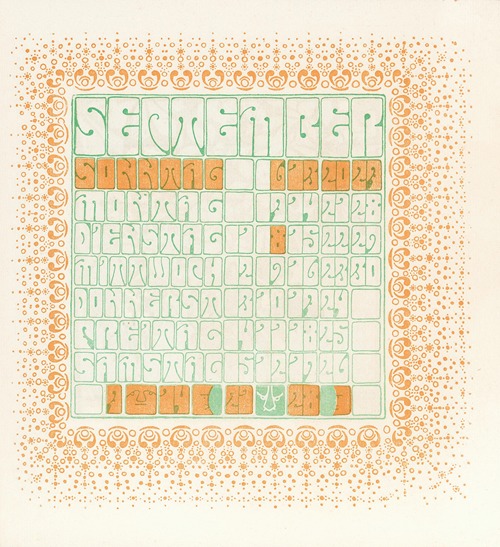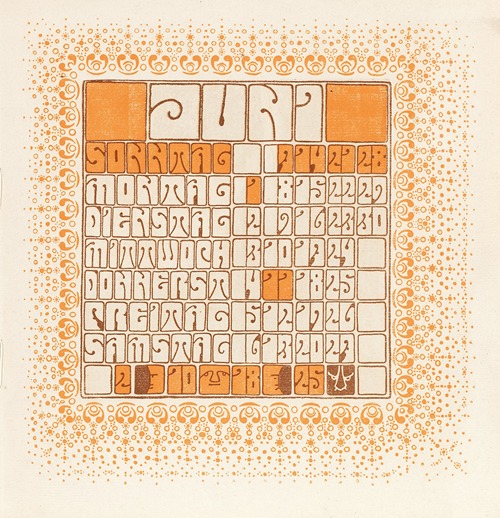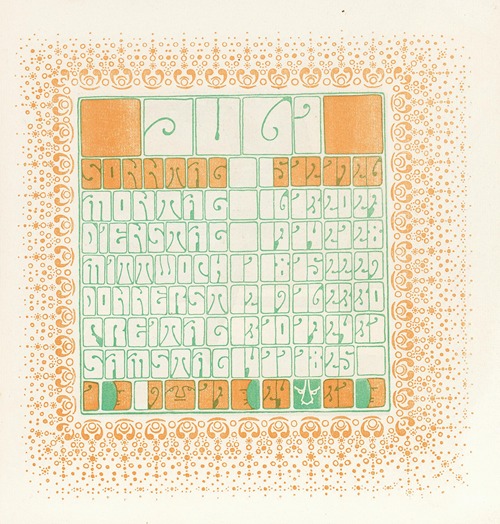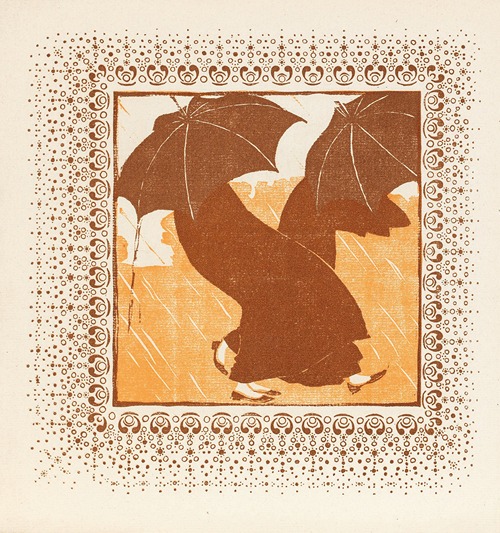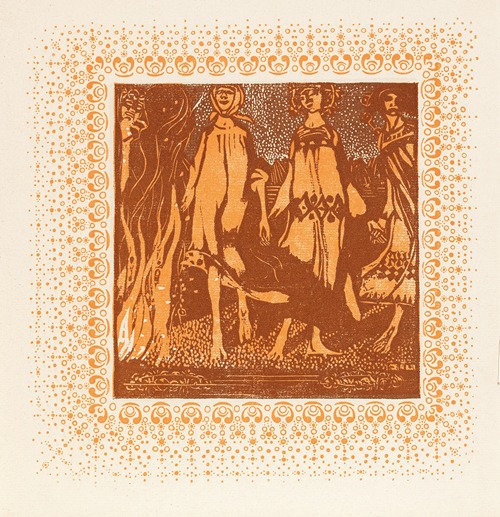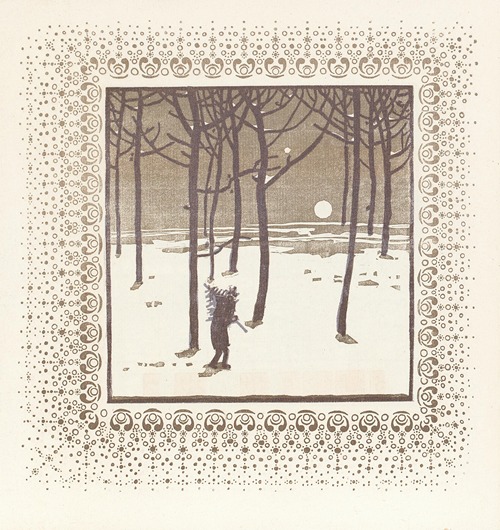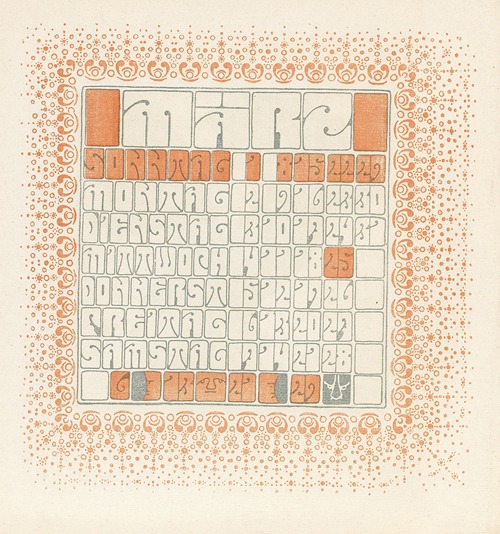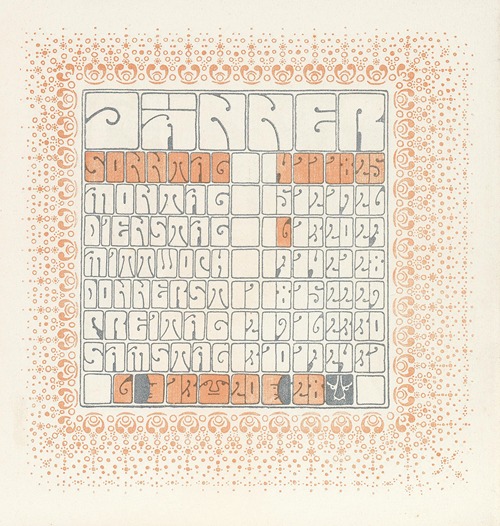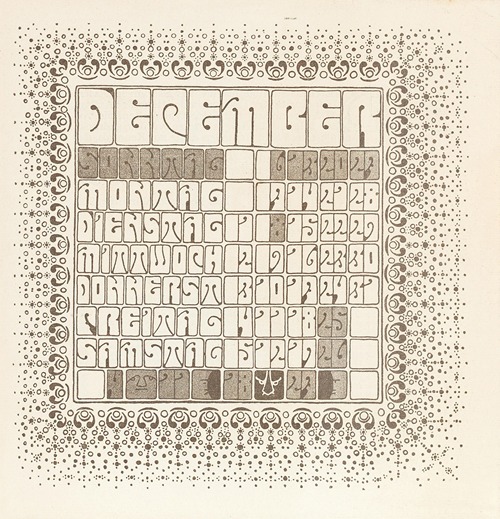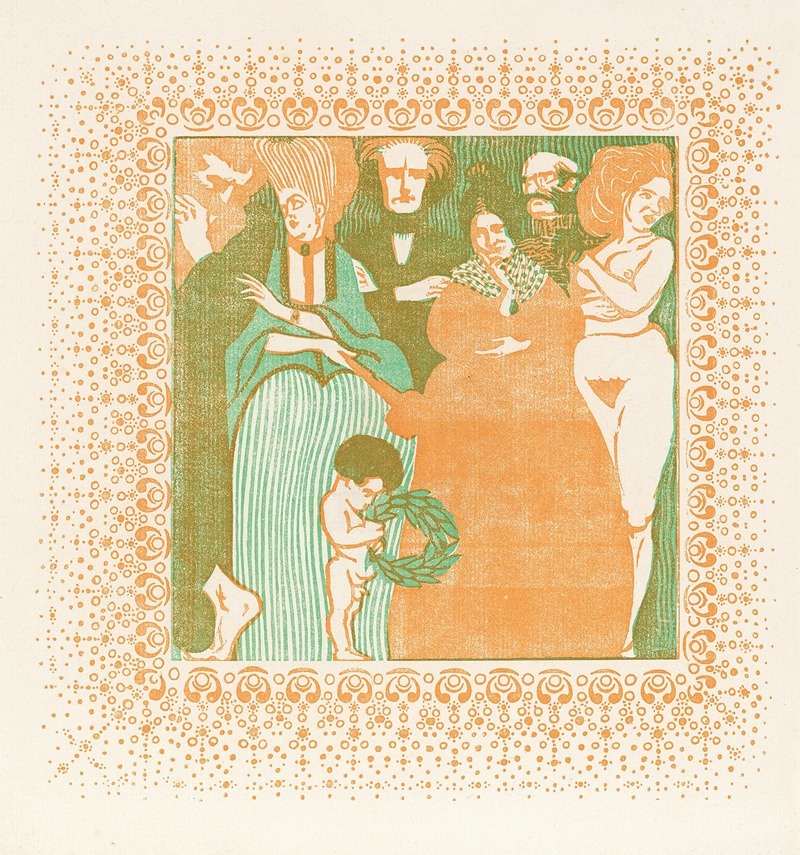
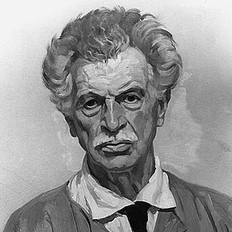
Ferdinand Andri was an Austrian architect. His work was part of the architecture event in the art competition at the 1936 Summer Olympics.
Ferdinand Andri was born the son of a gilder. He served an apprenticeship from 1884 to 1886 with the woodcarver and altar builder Johann Kepplinger in Ottensheim near Linz. He attended the Staatsgewerbeschule in Innsbruck. He then studied at the Academy of Fine Arts in Vienna from 1886 to 1893 with Julius Victor Berger, Eduard von Lichtenfels and August Eisenmenger. From 1892 to 1894, he attended the Grand Ducal School of Art with Caspar Ritter and Claus Meyer. He took study trips to Italy, France, England and North America.
In 1897 he married the painter Charlotte Hampel (1863-1945), who was eight years his senior.
From 1899 to 1909, Andri was a member of the Vienna Secession and, in 1905/06, its president. During this time, he collaborated on the Art Nouveau magazine Ver Sacrum. When he joined the Deutscher Werkbund in 1912, he was already considered an accomplished landscape, genre and portrait painter. He also gained general recognition as a lithographer and sculptor. Nevertheless, when he was proposed as a teacher for the Vienna Academy in 1914, he was rejected by Archduke Franz Ferdinand, who had no use for modern art trends.
In the second year of the First World War, 1915, Andri applied for admission to the Imperial and Royal War Press Headquarters as a war painter. It was granted on September 13, 1915. He was first sent to Belgrade, where he painted in November and December 1915. In 1916 he travelled as an artistic reporter to the Bay of Cattaro, then to Montenegro and then to Albania. In the same year, he came to the Ortler area as a war painter and recorded numerous impressions in the Dolomites. In 1918, he was stationed with Tyrol's 10th Army Command of the Imperial and Royal Army. Army in Tyrol, he took the opportunity to make portrait studies of participants in a mountain guide course at the Regensburger Hütte. He also created several poster designs for the benefit of the Children's Relief Fund, the War Invalids Foundation and wartime exhibitions, for which he benefited from his experience as a graphic artist with the Vienna Secession. In 1918, at the war's end, Andri moved to St. Pölten; at the same time, he received a teaching position at the Vienna Academy, where he taught until 1939.
At the Vienna Academy, he directed a master school from 1923 to 1929 or a systemized master school from 1929 to 1939. In 1923-26 and 1931-33, Andri was prorector and, immediately after the annexation of Austria to the German Reich, one of the three provisional directors of the Academy responsible for the political purges that followed. On June 27, 1938, he applied for membership in the NSDAP and was admitted retroactively to May 1 of the same year (membership number 6.255.574). In 1939 he retired and, from that year, was a member of the Künstlerhaus in Vienna. From 1939 to 1945, Andri directed a master school for fresco painting at the Academy. Andri was listed on Joseph Goebbels' so-called Gottbegnadeten list as an important painter of the Third Reich. Andri was an expert advisor for music at the National Socialist German Cultural Association. He was also a co-founder of the Austrian Werkbund, which focused on the revival of craftsmanship.
In 1950, Ferdinand Andri gave all the works still in his possession to the city of St. Pölten, which established a Ferdinand Andri Museum (now part of the City Museum). In 1956 the artist died in Vienna and was buried in St. Pölten.

